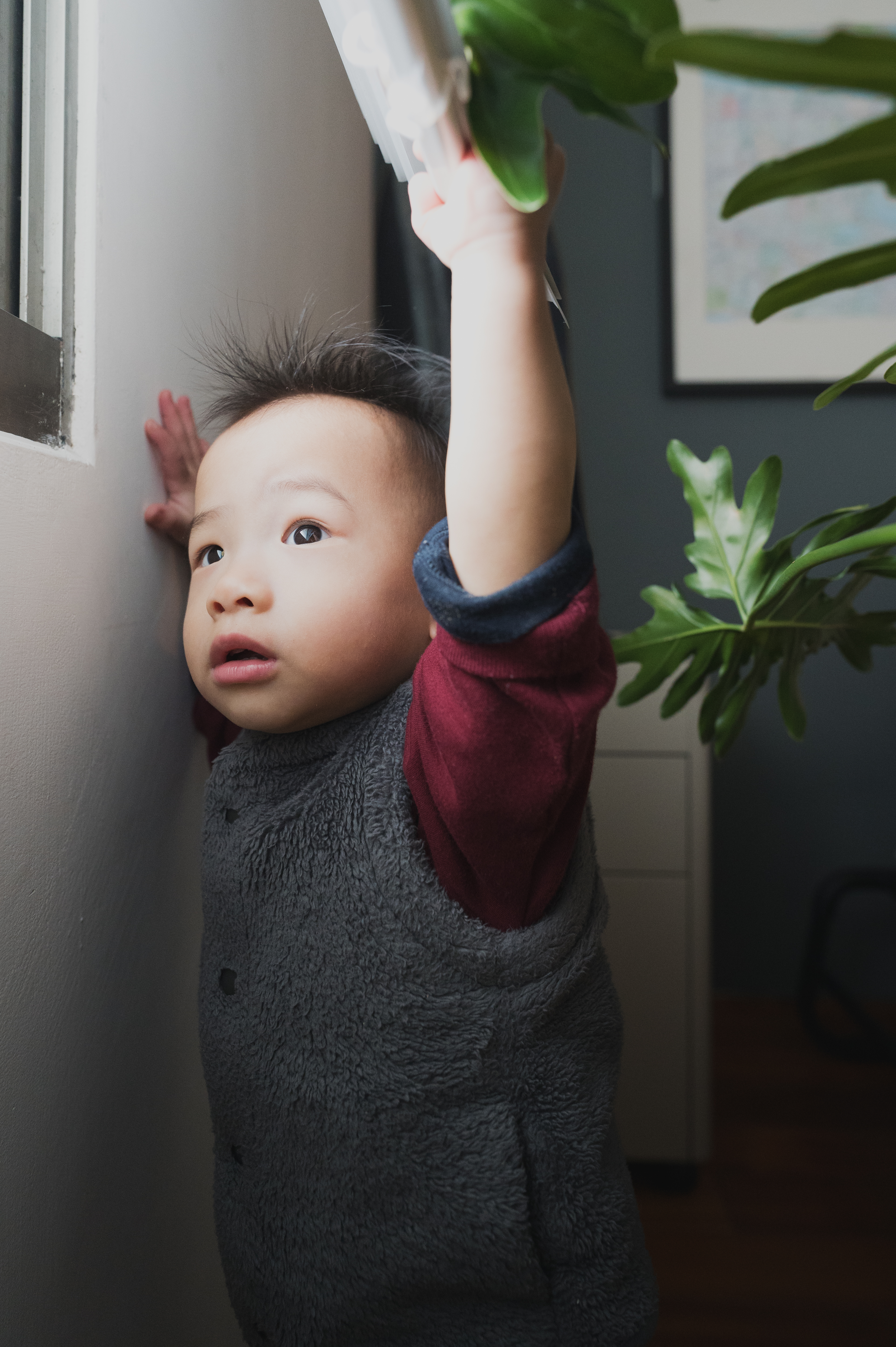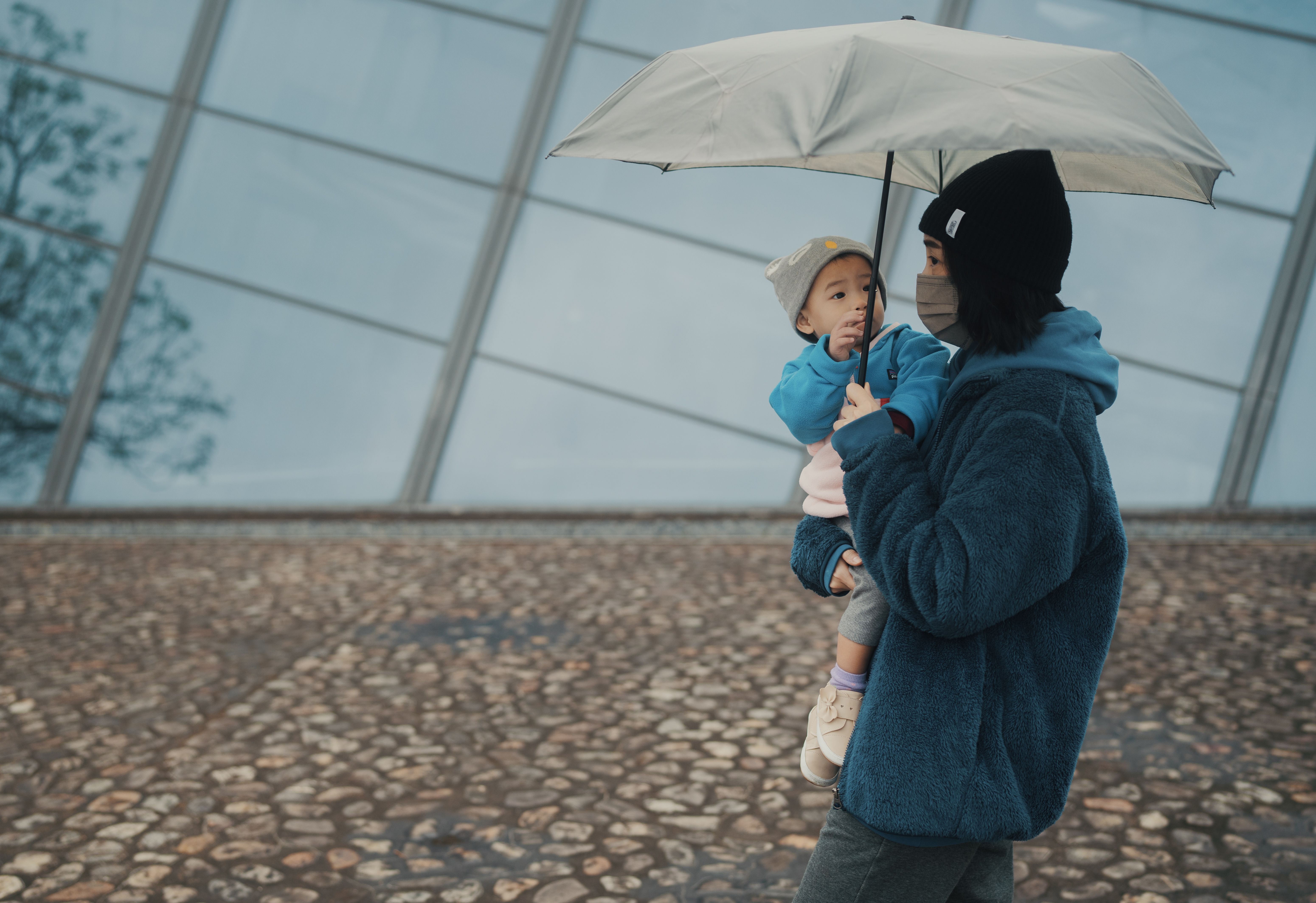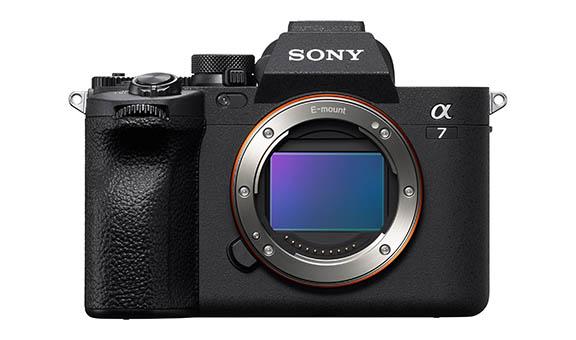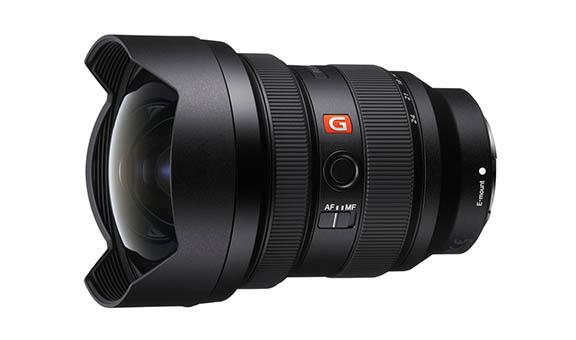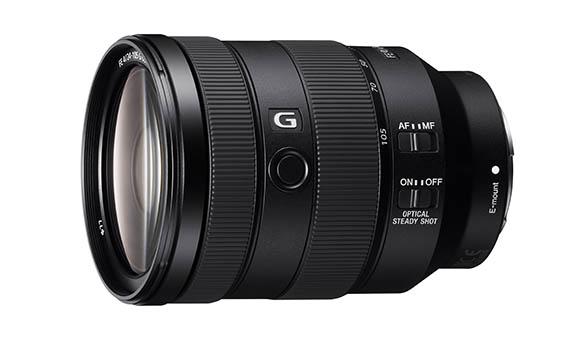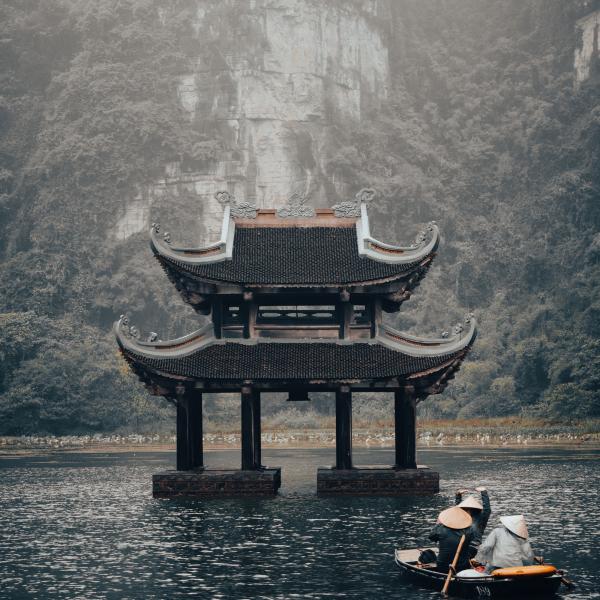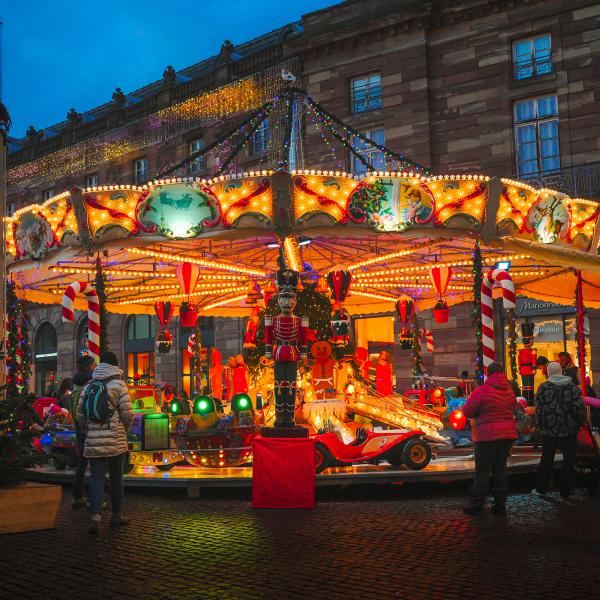Through the Viewfinder of a Hybrid Content Creator
Tell us how you first got into hybrid shooting. Did you practice both photography and videography at the same time?
At the age of 15 in the 90s, without knowing anything about cinematography, I picked up a pocket film camera and a camcorder mainly to document my personal life, from daily to snowboarding activities. Later in 2010, I started my photography and cinematography journey due to my own fashion brand. The work required a lot of products and image shots as well as creating brand commercial videos. That was my beginning.
When you first started hybrid shooting for your fashion brand, how did you learn to integrate both photography and videography?
As a clothing brand, taking product photos and model shots (lookbooks) were necessary parts of operations. However, these were not popular for smaller fashion brands.
2010 was a time when cameras were innovating towards filming movies. I created stylised short-form films, in addition to photos, to give my brand an edge in terms of marketing. While people were gaining interest in shooting videos, not all understood how to create a film or video, which meant that consumers would find it fresh and interesting, increasing our brand familiarity.
I was always interested in creating images, whether video or photo, and at that point in time, I received good responses and feedback after making several films. I produced 3-4 films every season/collection, and soon enough, caught the attention of advertising agencies. I gradually started a career in shooting as a profession. That was how I ventured into hybrid photography.
How often do you document your life? Where are your usual shooting locations for both still and video?
I shoot my videos everyday regardless of its length. Whether it is a sudden idea or just feeling my surroundings, I will document it in a video or a series of photos. Different from my job as a commercial director, my content now is mostly travel documentations and vlogs, among others. I even recently got into street photography.
I like to shoot wherever I go. Whenever I have a couple of hours to spare, I'll hit the streets for some photos, or even shoot a vlog-style video at home or around the neighbourhood. Other times, I make plans with friends and will shoot some of our activities – my camera follows me wherever I go.
Since the birth of my newborn, Dola, my shooting location is not set on a specific place but what happens on the daily.
As a hybrid photographer, you have a breadth of experience in photography. What are the gears you usually carry with you during shoots?
I try to carry as little as possible for my family shoots. My usual go-to gears will be a camera, one lens that complements the location of the shoot, a light tripod stand, a diffusion filter, an ND filter, and a microphone. With this minimal set up, I don’t even need a camera bag, and I can carry everything in my hand. For the choice of lens, I usually consider the most suitable focal length depending on the place I will go and the possible situations.
If I plan to shoot at the beach, which means increased activity, I will choose the Sony FE 35mm F1.4 GM, or the Sonnar T* FE 55mm F1.8 ZA lens. For indoors, I usually use a wide-angle focal length, like the Sony FE 20mm F1.8 G or the Sony FE 24mm F1.4 GM so I can capture more in a tighter space. For accessories, I like to use the Sony ECM-B1M microphone and the Sony GP-VBT2BT shooting grip.
Meanwhile, if it is for my personal travel experiences, where I tend to shoot more photos, I will go out with a large camera bag because I will carry along more lenses.. The three extra lenses that tag along are the Sony FE 70-200mm F2.8 GM OSS, Sony FE 24-105mm F4 G OSS Lens, plus a suitable prime lens. Prime lenses are my personal favorite and I used the Sony FE 20mm F1.8 G and FE 24mm F2.8 G. For zoom lenses, the FE 24-105mm F4 G OSS and FE 70-200mm F2.8 GM OSS deliver a comfortable image quality. The FE 24-105mm F4 G OSS, in particular, remains my personal favorite.
How do you manage the camera settings when shooting?
For photos I usually shoot my photos in manual (M) mode but at times switch to aperture (A) mode because family photography tends to have many sudden and spontaneous moments. The aperture modes help in deciding the exposure, so it allows me to better focus on capturing the story. If children are the subject, I will use the continuous shooting mode because it is the best for quick moments.
I usually film my videos with the following camera settings:
1. Colour Profile: I like to shoot using S-Log-3, 10-bit depth and 4:2:2 colour sampling. These options make the post-grading a comfortable experience, or dare I say a fun time! Occasionally, I will use the S-cine tone as it gives the best skin colour performance and a nice colour tone with just slight adjustments.
2. Video Resolution/Frame Rate: 4K resolution with 24fps is perfect when done using Sony Alpha 7 IV’s 7K oversampling as it produces a more realistic and organic feel. To add flavor and variance to my videos, I occasionally shoot in high frame rate of 60fps to capture slow motion, which is best in emphasising emotion.
3. Autofocus: Focus speed set at 4/3. It’s best to turn on flexible focus control for a smoother focus when switching focus. I also take advantage of the focus assistance function, which is convenient. All it takes is a quick flick of the focus ring and the camera will automatically switch to manual focus. It is a handy feature for precise focusing.
You mentioned that both photography and videography are methods of storytelling, and you love both these methods. How has your first steps into hybrid shooting in 2010 help to build a foundation for your current projects and improve on your story telling?
This is an interesting question
I once talked to a well-known photographer who did photoshoots for artists. He picked up the camera again with a freestyle approach because he was inspired by how I took them. To him, my photos were unique, and he figured it was due to me being a filmmaker. He felt that the details in my work always brought out a sense of curiosity. “Do filmmakers think differently, hence the final product is different?” he asked. Hearing these words from an industry expert was delightful but it made me pause and question, "Is the perspective of a still photographer different from that of a motion/videographer?”
My still shots are mostly street and lifestyle photography. For me, stills are meant for capturing powerful stories. A vivid or lively photo gives the viewer an opportunity to imagine how the image and subject moved in the photo.
So, when I am shooting, I try to use light, shadow, lines, shapes, space, and composition as much as possible to capture vivid "stories.”
Sometimes a single image can tell a story, but there are many times when we also need to combine different fragments and pieces to tell a story. Other times, it takes a dozens of shots to tell a story. Circling back to film, when we are planning for a good shot, we must consider light, shadows, lines, shapes, space, and composition, to complete and produce a dynamic film/video with a communicable and effective perspective.
These two skills, when you look at them from a certain angle, are similar – although the execution and the results are not. I feel that with hybrid shooting, I have the freedom to switch between both mediums and learn from both.
How can amateur hybrid shooters start to tell a compelling story? What do you think are some strong elements that will help amateur hybrid shooters express their stories better?
There are a few important points that we can pay attention to when taking pictures and videos:
For Photos
Good photos need to have an objective to attract attention, therefore we can think about what elements of our picture are attractive, which becomes the "theme" we want to present in a photo. Following the first point, rather than snapping the next shot randomly or casually, we can think about how to design the shot so that we can more accurately depict and bring out the theme for the viewer to quickly feel the story.
Here are three important elements that we can consider:
1. The Composition of the picture can guide the viewer to discover the story.
2. The Effective use of light, shadows and lines to make the theme clearer.
3. Meaningful use of colour theory—Let the colour speak for itself. The colour of our subject should echo or contrast with the environment. This is crucial because when looking at a photo, people respond the fastest to contrasting colours.
Try to learn from experienced people. Whether it is a photography book or community-based work, we need to refer and find our favorite works from them. When we are ‘creating,’ we can try to take pictures with the same feeling. This is what I call ‘sampling art.’ Through this practice we can find and build up our own creative habits and preferences in the process. With practice, we can then slowly cultivate our own creative style by continually adjusting our processes and our preferences.
For Film
To be honest, the process is the same as photography, the only difference is that the content that we shoot moves, nothing more.
Start practicing with a static shot, whether shooting handheld or using a fixed tripod. Record the story in the scene with a photographic perspective. These kinds of exercises will help us think about all the details in the picture. Once you are accustomed to capturing stories with a fixed lens, everything becomes much simpler when your lenses move.
Accumulate creative experiences in life and make the equipment and gear become a tool or prop to learn. For example, I use the Sony Alpha 7 IV because it is a camera that can take pictures and shoot movies. In switching between photos and films, the two modes of shooting mutually interacts so that, we can try to condense strength in a photo when taking pictures and try to extend the story when shooting films.
How have the features of the camera helped you in hybrid shooting? Can you share with us specific experiences during your shoot where the Alpha 7 IV helped you in realising your visions?
In the opening shot, my profile setting was PP11 S-CINETONE, which was close to the darkness of the environment. When colour grading in post-production, I brightened the sky a tinge, but kept the darkness of the ground and the people. I find it quite comfortable to use S-CINETONE when doing color grading during post-production. It allows me to create this sense of contrast and lets me adjust the colors of the sunset according to my preference.
The clip at 0:53 - 0:56 was shot handheld, and I found that the picture of the mother and the child in the vast scenery was very beautiful. I thought that if it was a fixed shot, it would be even better. I didn't have time to prepare the tripod, so I quickly ran to the fixed-point, turned-on IBIS and lowered my hand to bring the camera close to the sand. This created a very stable shot that is remarkably similar to shooting with a tripod, while keeping an ultra-low angle shot.
There is a long shot in the video that was shot handheld whilst walking. Thanks to my Alpha 7 IV, the picture is unexpectedly very stable, and the slow motion brings out the details of the picture more clearly. The aperture is set to F1.4, yet the autofocus can focus accurately on the human eye and the fluidity of the focus is amazingly comfortable. The settings in this video were set to S-Log-3, 4k 60p, AF-C, and with IBIS ON and activating the breathing compensation.
During the shoot, the baby was moving fast and running to pull the curtains. I quickly crawled under the table and caught the picture, everything happened quickly, but the Alpha 7 IV’s eye autofocus feature completely captured the glint in the baby’s eyes.
When the mother and the child entered the frame, I took this photo by tapping with my finger on the camera LCD screen to track on the touched subject. The touchscreen function is very helpful for shooting moving objects, especially to focus and track movements. Also this photo was in 33 megapixels high-resolution, I was able to crop it during post-production and adjust the photo to a more ideal composition layout.
Edo’s Closing Thoughts
Edo believes that both photos and videos are different creative modes that are good practice for any content creator. With the realisation of photographers around him filming more and videographers snapping more images, he believes that hybrid shooting plays a significant part in capturing the most important and spontaneous moments of life.
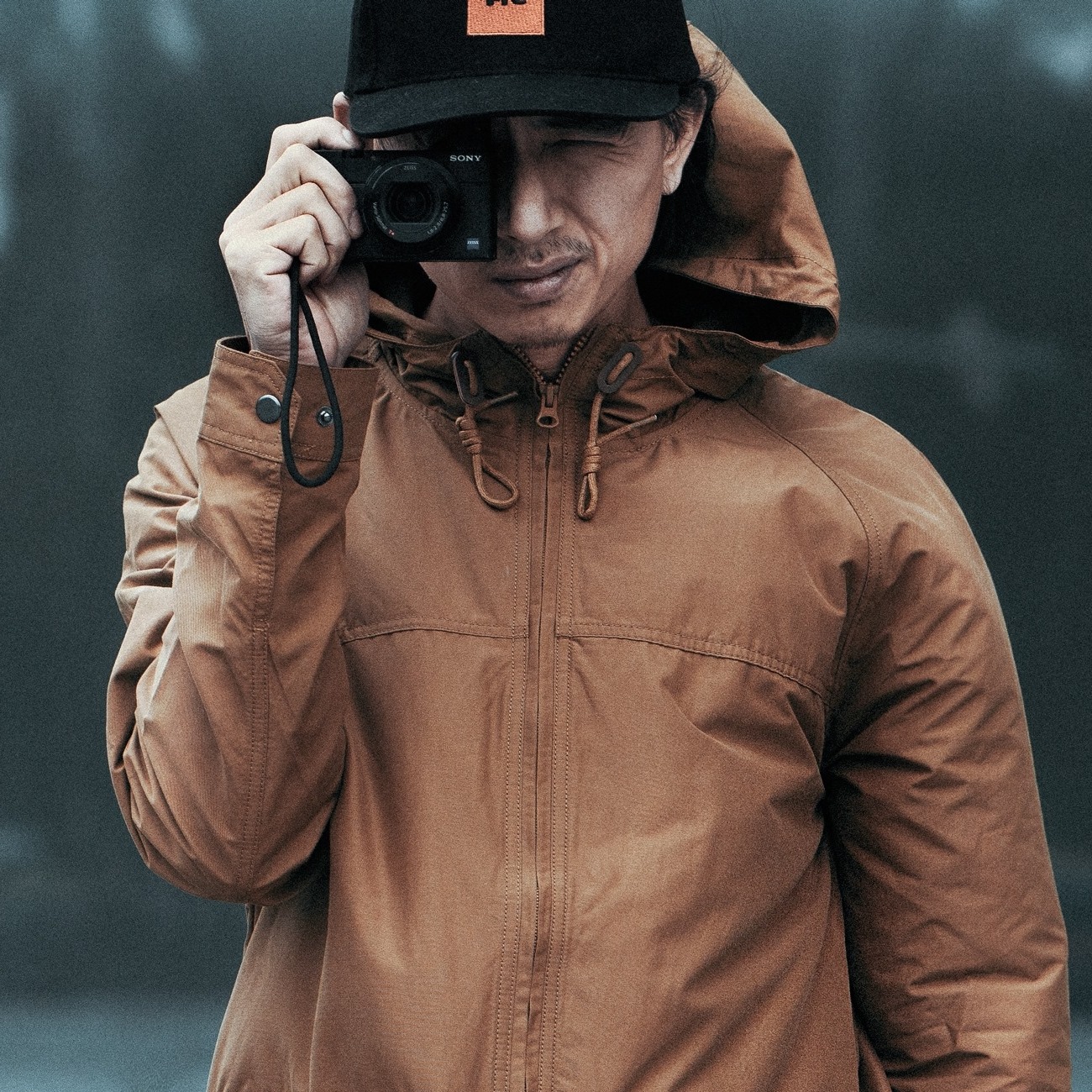
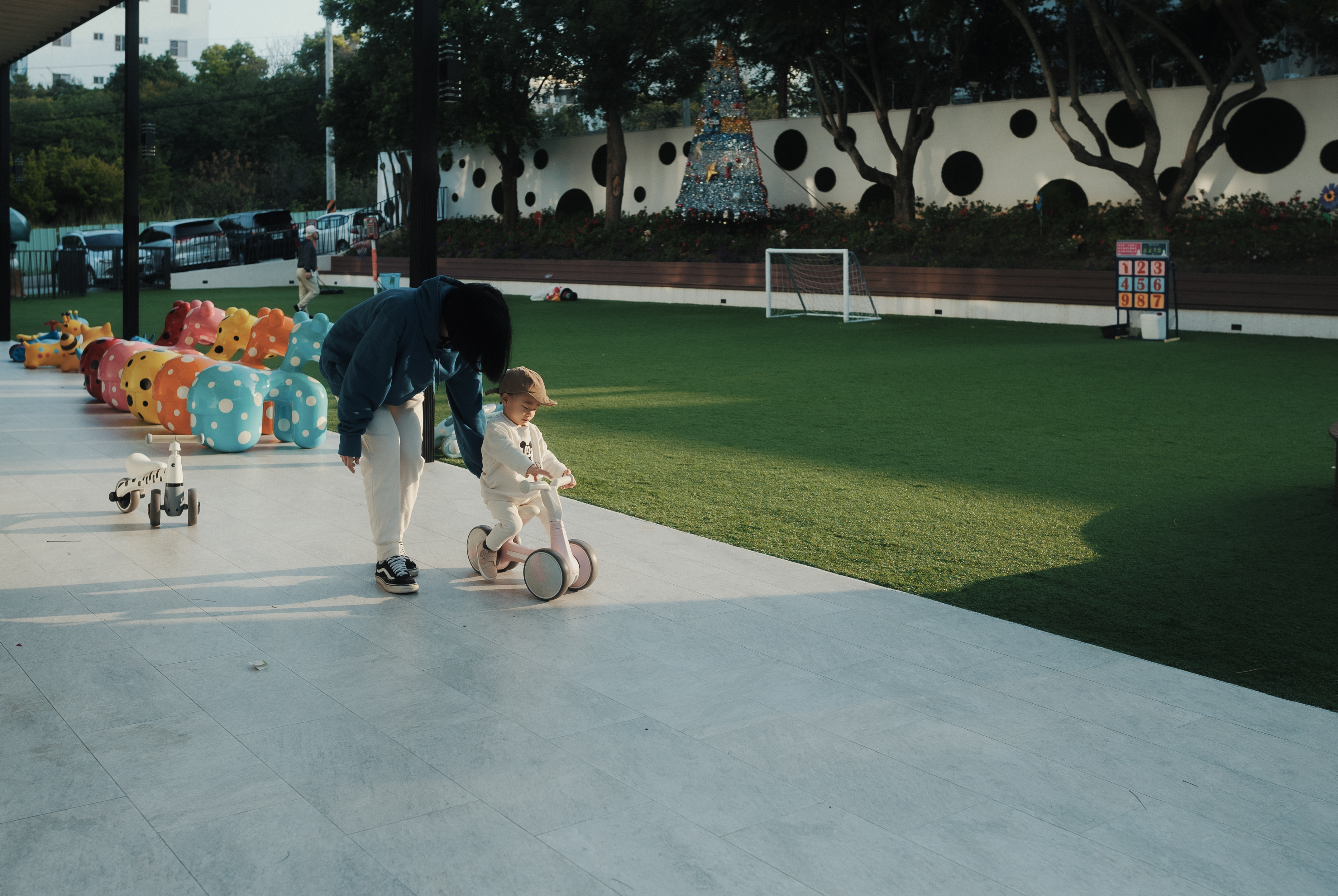
![1[2].png](/sites/default/files/2022-05/1%5B2%5D.png)
![2[2].png](/sites/default/files/2022-05/2%5B2%5D.png)
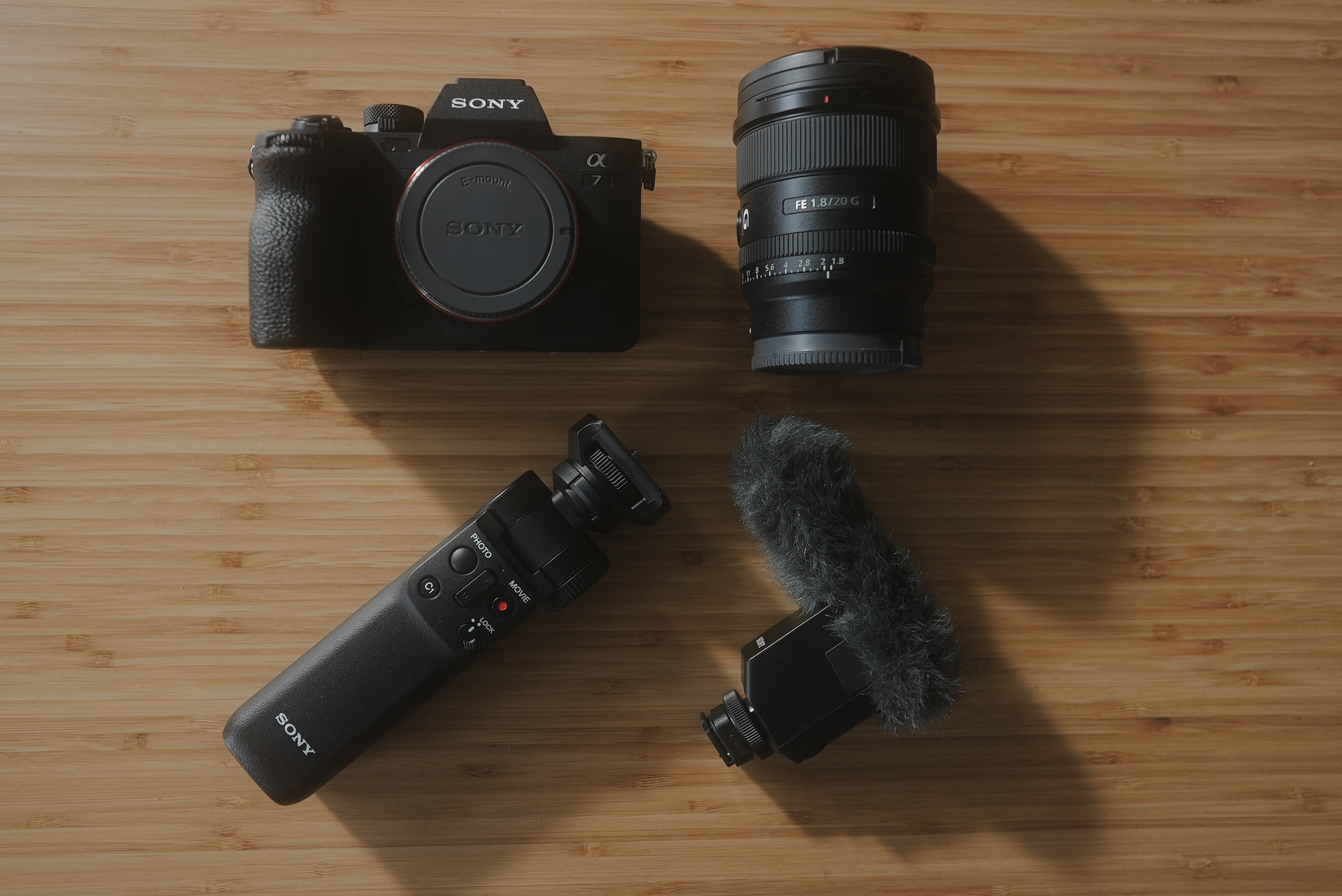
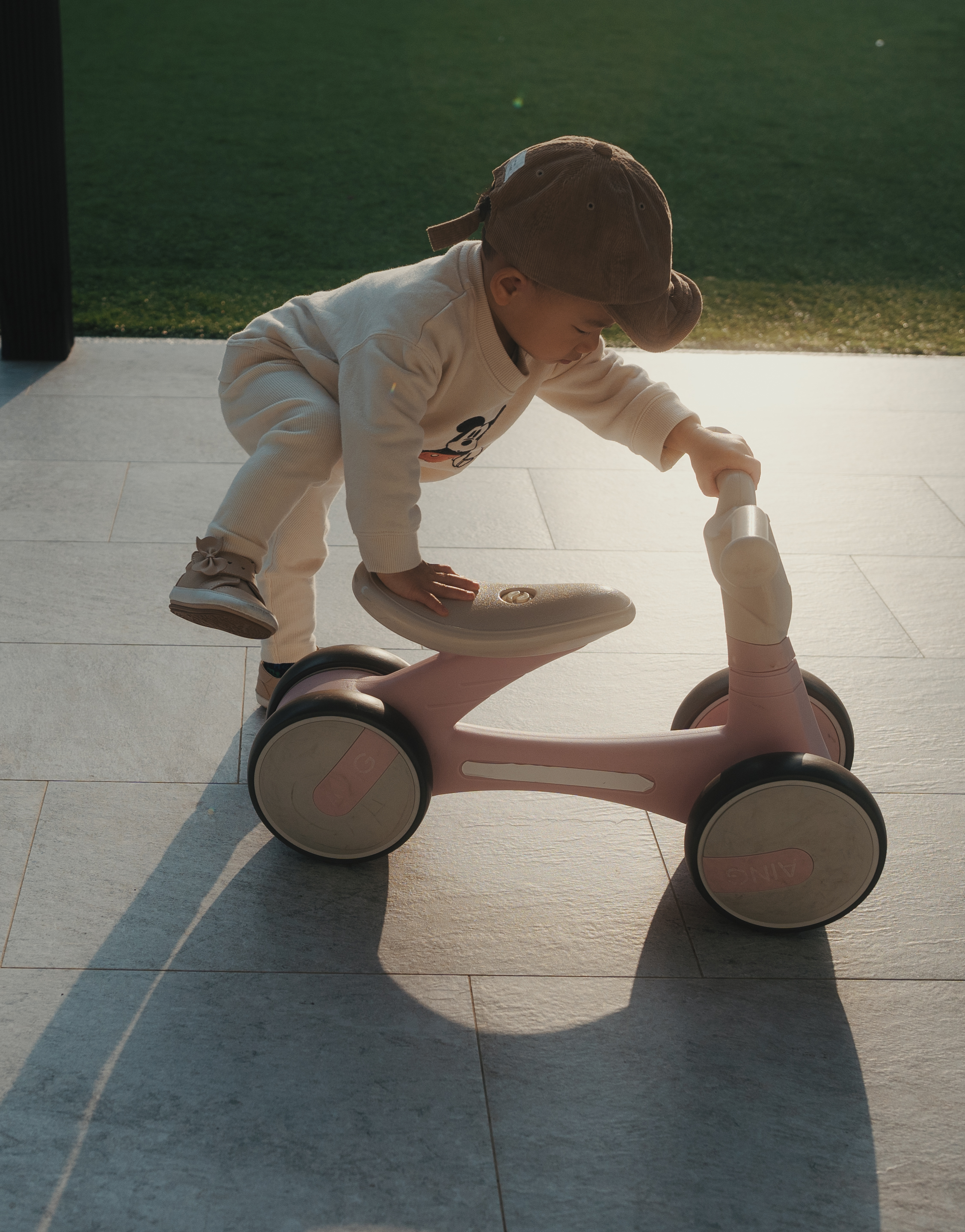
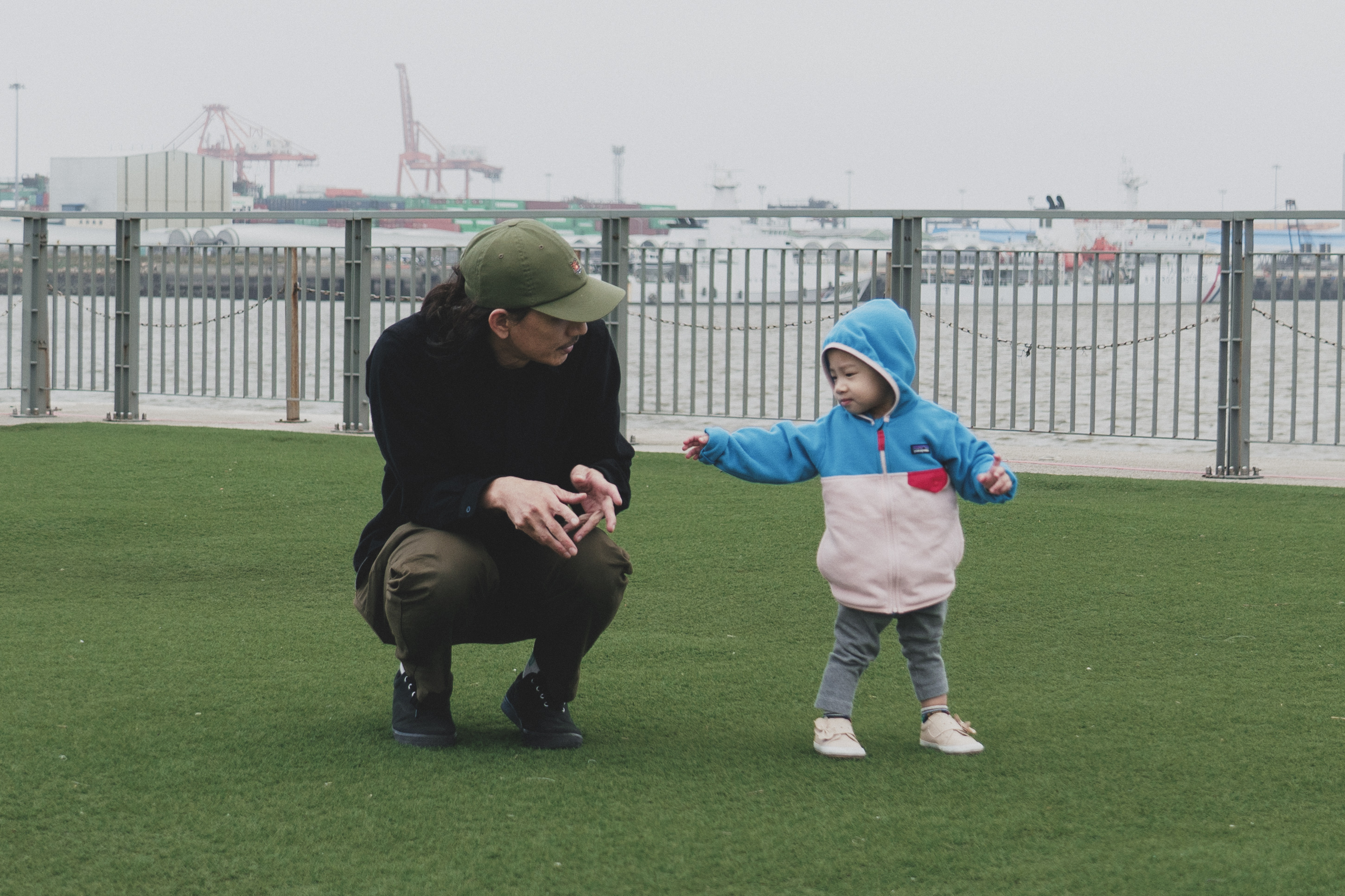
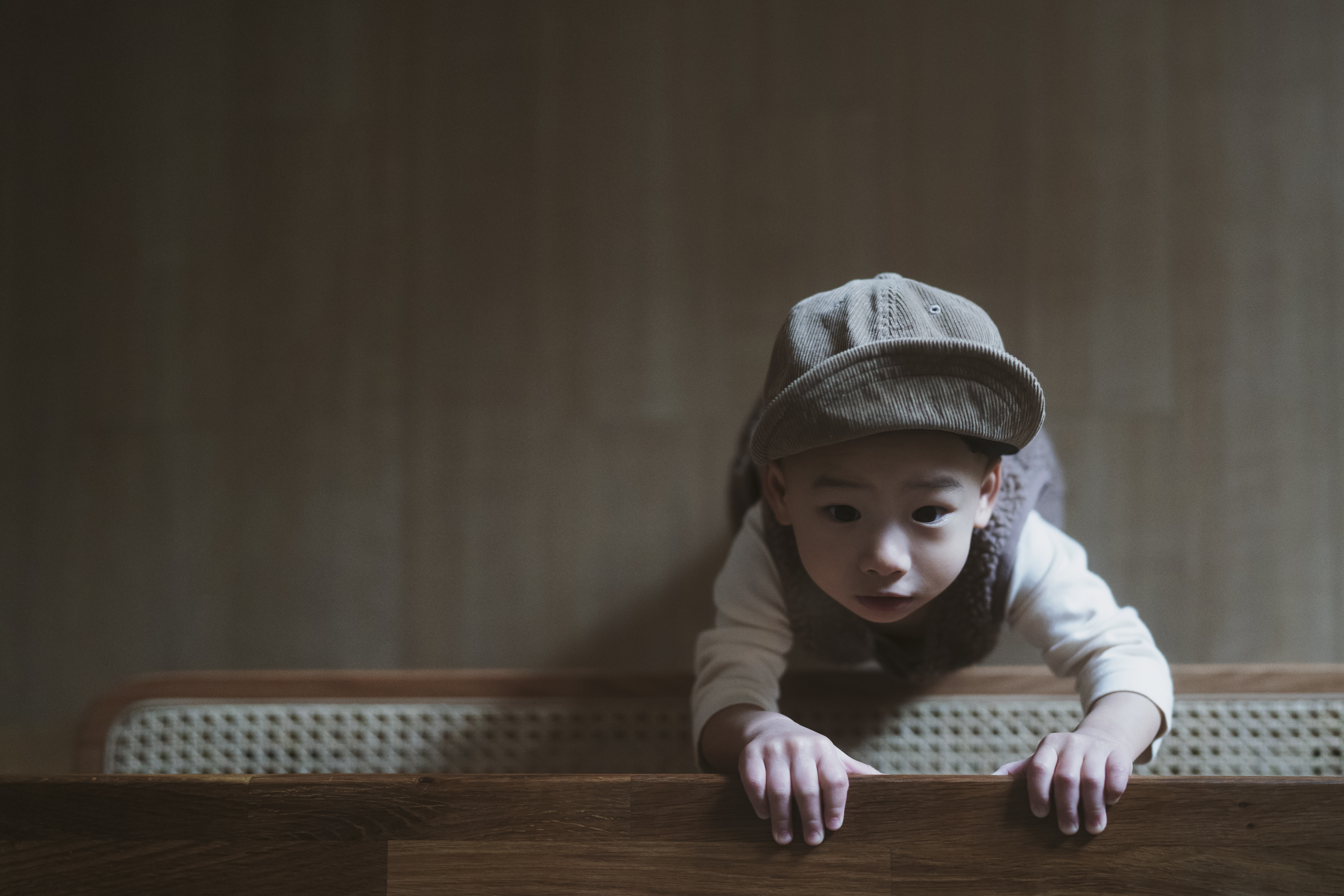
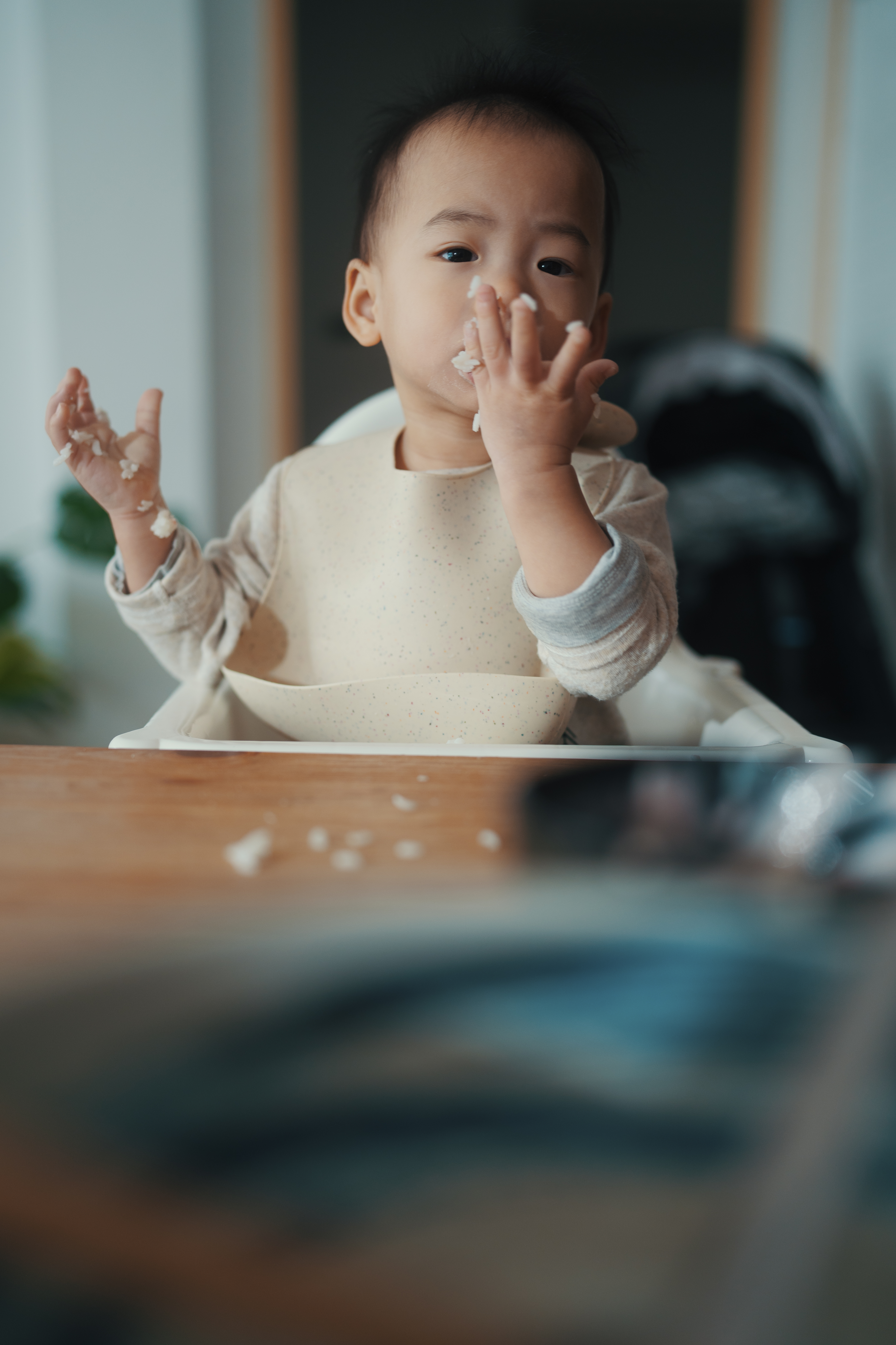
![3[2].png](/sites/default/files/2022-05/3%5B2%5D.png)
